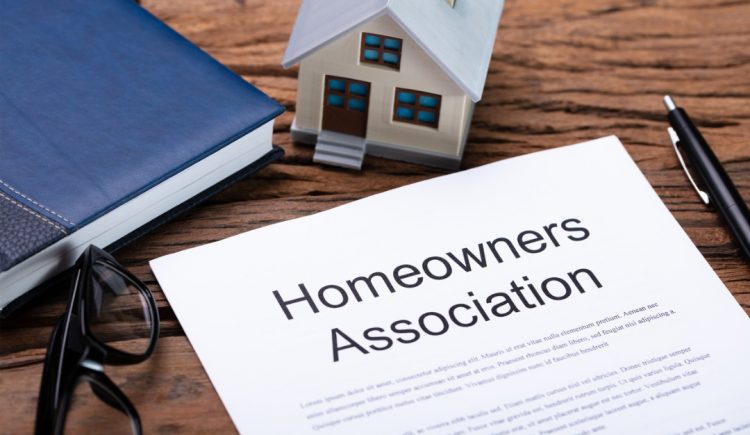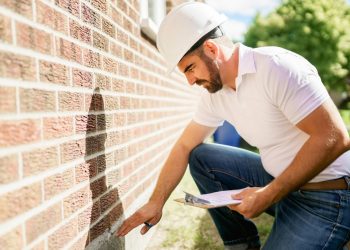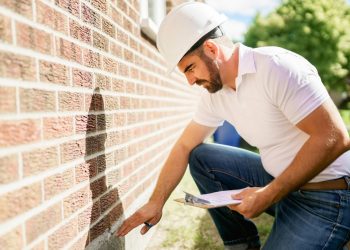Whether you love the order they provide or dislike the restrictions they impose, homeowner’s associations (HOA’s) are often an unavoidable part of homeownership. Whether you live in a golf community, a suburban neighborhood, or a high-rise condo building, HOA’s ensure the home adheres to specific standards and that the neighborhood and its amenities are well-maintained. If you’re considering buying a property that has to adhere to an HOA, read on for everything you need to know.
What is an HOA?
An HOA is typically run by the community’s residents and has a board of directors. This board ensures that the homeowners adhere to the community’s established bylaws and helps maintain shared spaces, such as the pool, clubhouse, recreation areas, landscaping and other common areas.
Living in a neighborhood with an HOA can help improve the probability that the community will remain well-maintained and offer appealing benefits to its residents. It can also help housing values remain stable. In addition, neighborhoods with HOAs typically have shared amenities and social opportunities, making it easier to meet neighbors.
However, HOA’s may also prohibit you from updating your property. For example, suppose you’re buying a home to add on, installing a fence, or adding any additional structures. In that case, reviewing the covenants is essential to ensure you can make these improvements.
HOA Bylaws
Before buying a house in a community with an HOA, it’s essential to read the covenants, rules, or bylaws, so you know about any potential restrictions. For example, some communities may not allow fences. If a fenced-in yard is essential to you, this house may not be the best fit. In addition, many HOA’s will require new homeowners to sign the covenants as part of the closing process.
Examples of HOA rules
While every HOA is different, many HOA’s have similar rules and bylaws to result in a visually cohesive community with expertly maintained amenities. Below are examples of HOA rules you could be expected to follow:
- Landscaping rules
- Exterior home colors
- Length of the grass
- Rules regarding additions, renovations, or other repairs
- Ability to have fences
- Ability to have structures such as sheds, swing sets, or a deck
HOA Fees
Living in a community that has an HOA means monthly or annual assessments. Sometimes, there may be a one-off, special assessment. Consider the assessment cost to determine if this property suits your needs. For example, these fees may make sense if this home is your primary residence. Alternatively, if this is an investment property that you plan on renting out, the monthly assessments may need to align with your investment strategy.
The most crucial step is understanding the neighborhood’s rules and bylaws before buying a home in an area with an HOA. Then, if you’re comfortable with the regulations, you could move into a beautiful community with plenty of amenities to enjoy.











